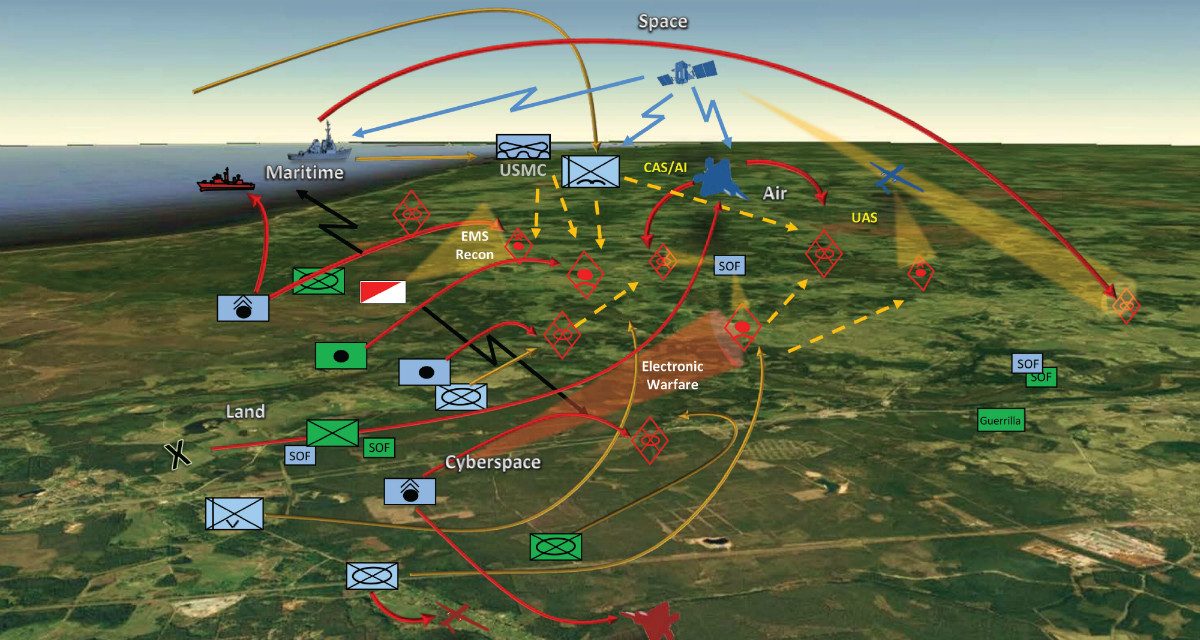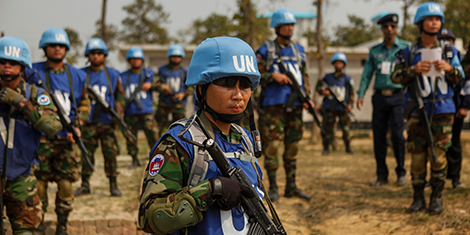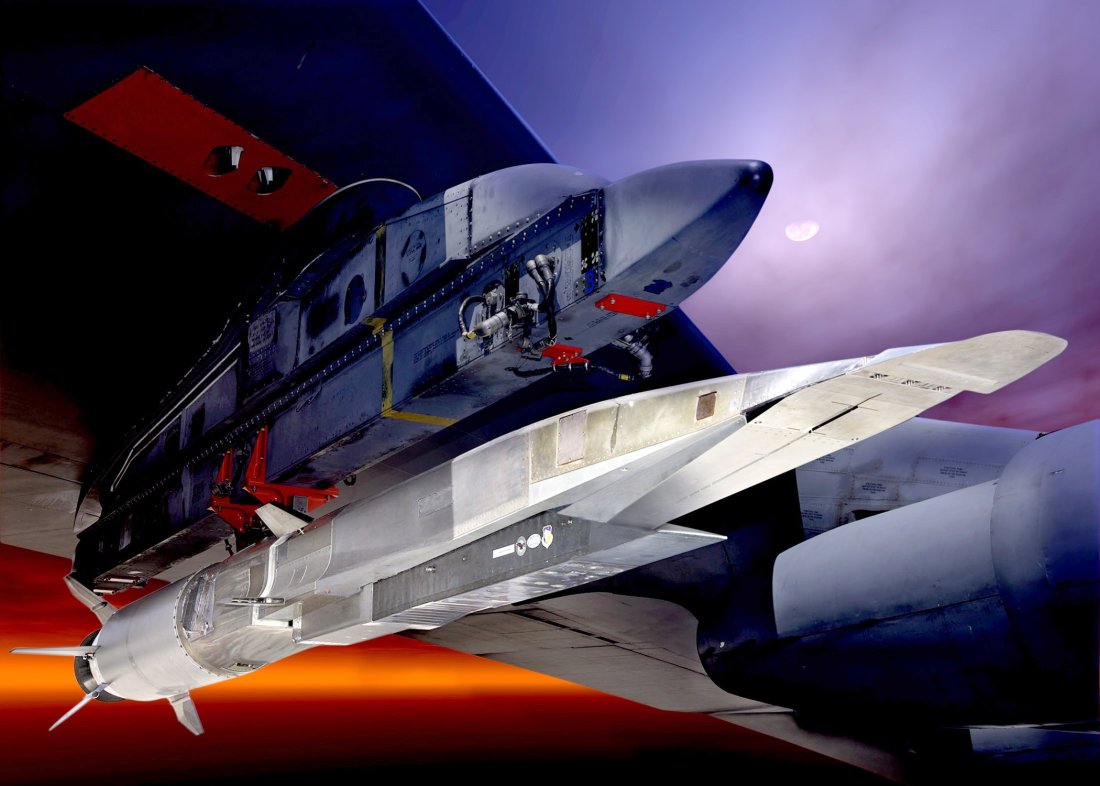Nikita Kwatra
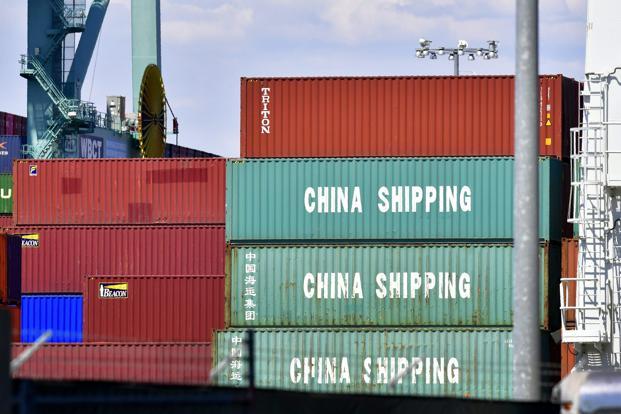 As wage increases in China limited its expansion in world markets for labour-intensive products in recent years, other Asian peers such as Bangladesh and Vietnam gained relatively more compared with India. Mumbai: The growing conflict between the two largest economies of the world, the US and China, has stirred a debate on its impact on India, Asia’s third largest economy. Some believe any escalation in a trade-cum-currency conflict will be universally harmful for all economies, and particularly so for emerging economies such as India. Others are more hopeful about India being able to strike a deal with the Donald Trump-led US administration to corner a share of the market that China currently enjoys.
As wage increases in China limited its expansion in world markets for labour-intensive products in recent years, other Asian peers such as Bangladesh and Vietnam gained relatively more compared with India. Mumbai: The growing conflict between the two largest economies of the world, the US and China, has stirred a debate on its impact on India, Asia’s third largest economy. Some believe any escalation in a trade-cum-currency conflict will be universally harmful for all economies, and particularly so for emerging economies such as India. Others are more hopeful about India being able to strike a deal with the Donald Trump-led US administration to corner a share of the market that China currently enjoys.



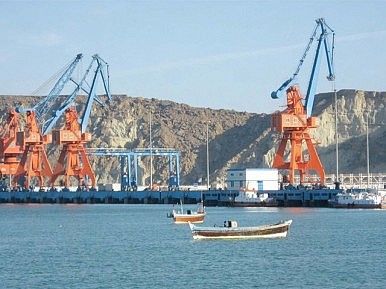





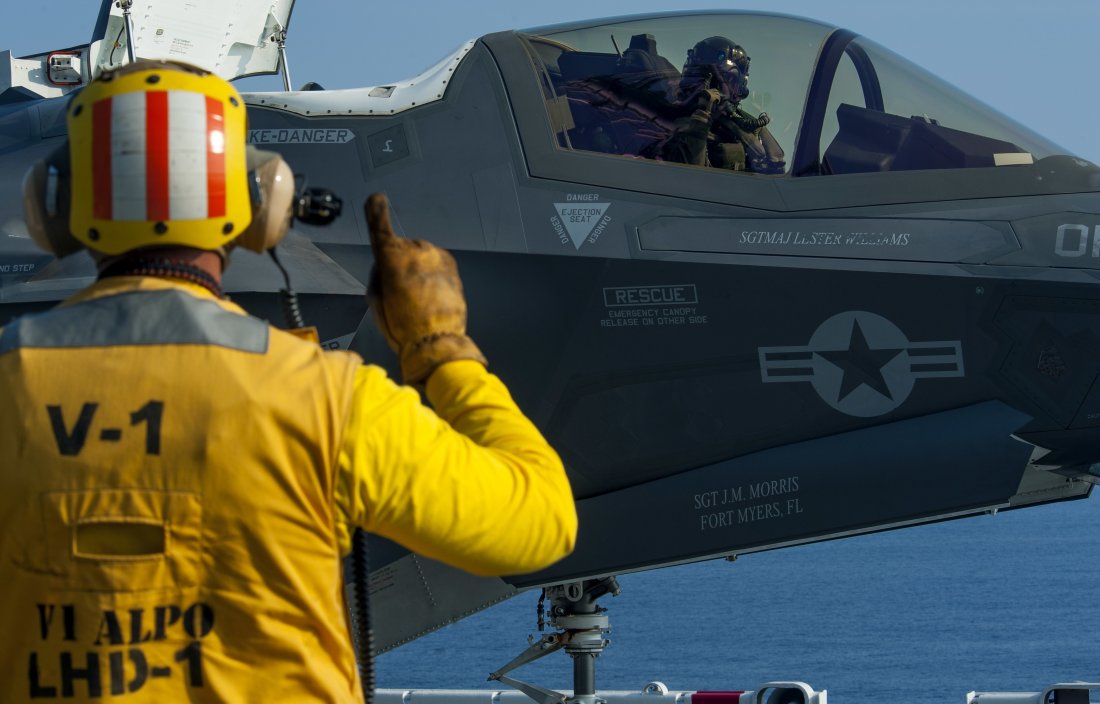



/arc-anglerfish-arc2-prod-mco.s3.amazonaws.com/public/J3PNNQCXKNAUXK6BW3KQNOUSAE.jpg)
